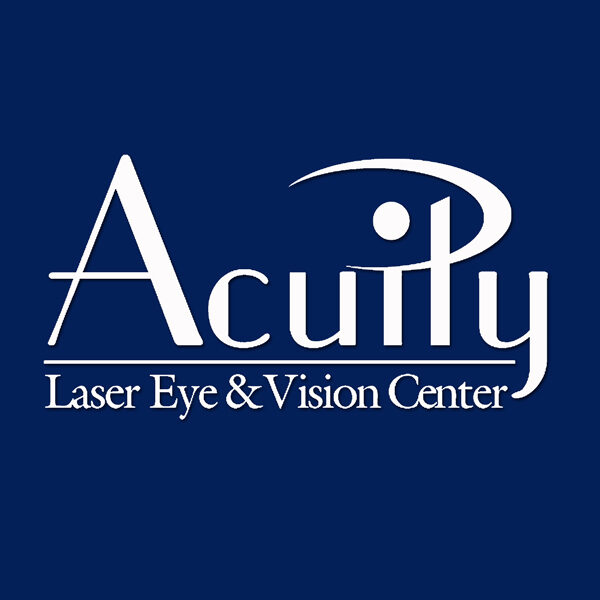CUSTOM laser vision correction procedures such as LASIK, PRK, and Epi-LASIK are good choices for most patients.
Custom is a laser vision correction technology that allows Dr. Vale to individualize the correction to your own eyes by eliminating glare, halos, poor contrast and other visual disturbances at the same time the refractive error is corrected. It allows for a more perfect or higher definition visual experience, especially under low light conditions. Custom LASIK may result in your vision becoming clearer and sharper than it ever was before.
How Does Custom Laser Vision Correction Work?
Custom LASIK, PRK and Epi-LASIK use wavefront technology to measure the way individual light waves travel through your eye. This technology performs a detailed analysis of your eye that examines the entire optical system, not just the parts that are operated on during LASIK surgery.

The wavefront analyzer used at Acuity is manufactured by the same company that makes our Excimer vision correction laser.
The wavefront analyzer provides information about the unique visual characteristics of your eye, allowing for an additional level of data about your vision. This in turn allows Dr. Vale to further customize your vision correction. The data is used to guide the laser during your Custom laser vision correction procedure for optimal results.
Better Quality Vision
Custom LASIK, PRK or Epi-LASIK may be necessary for patients with bad glare or poor contrast in low light, and may be desirable for many others. Everyone’s eyes are different. A pre-procedure comprehensive eye exam with Dr. Vale will help determine if Custom laser vision correction is right for you based on your particular prescription, healing profile and expectations.
Compared to other forms of laser vision correction, Custom laser vision correction has been shown to provide patients with:
A greater chance of achieving 20/20 vision
The potential, in many cases, for vision better than is possible with contacts or glasses
Much lower incidence of glare, halos and night vision disturbances such as poor contrast
Wavefront Technology
About Visual Aberrations
Two classes of visual imperfections, referred to as lower- and higher-order aberrations, exist within the eye. These imperfections can affect both the sharpness (acuity) and quality of vision.
Lower-order aberrations, which people are familiar with and are commonly measured and treated with standard LASIK, PRK or Epi-LASIK include:
Myopia
Hyperopia
Astigmatism
Higher-order aberrations cannot be corrected with glasses, contact lenses or standard laser vision correction treatments. In fact, some researchers have found that some imperfections may actually be increased by conventional (non-customized) laser eye surgery.
About Wavefront Technology
Wavefront analyzers (also known as aberrometers) measure aberrations in your visual system by send light into the eye and measuring how it is distorted upon exit. When light rays enter the eye and pass through the different structures inside, the wavefront surface changes, taking on a shape unique to that eye. These variations are called wavefront errors.
The wavefront analysis software performs complicated measurements and presents a graphical and numerical representation of how light is aberrated by your eye for the surgeon to evaluate. Data from this process may be transferred to the laser and used by your surgeon to create a treatment plan for your refractive error that includes treatment for both low and higher-order aberrations. Treating a patient with the information taken from the wavefront analyzer can result in greater clarity of vision and fewer complaints of glare or night halos.
How Does the Wavefront Analyzer Work?
Most laser manufacturers provide compatible wavefront analyzers  for their laser systems that are based on Hartmann-Shack aberrometry. At Acuity, we use a different technology based on a principle known as Dynamic Skiascopy. With Dynamic Skiascopy, A specially designed lenslet array measures the change in the wavefront of light as it passes through your visual system at over 15,000 individual points. The system essentially performs a refraction on each of these individual points, then numerically and graphically represents this information for each eye as a whole to the doctor.
Correcting Aberrations
Zernike Polynomials

The Zernike polynomials represent the optical characteristics of the aberrations within the visual system.
One way the Wavefront laser eye surgery data is analyzed is by using Zernike polynomials, also called modes. Each mode describes a certain three-dimensional surface and the Zernike polynomials correspond to the ocular aberrations. For instance, second-order Zernike polynomials represent the conventional aberrations such as defocus and astigmatism. Zernike polynomials above the second order represent the higher-order aberrations that cause night glare and halos. Zernike polynomials help to simplify the Wavefront technology used in laser eye surgery by combining all aberrations into one simple map. This is called a Zernike decomposition.
Zernike Polynomials Shapes and Relation to Real Life Vision
Eye surgeons are given information by the aberrometer as a conventional refraction in diopters as well as in Zernike form. The data is processed and presented in a fashion similar to a topographical map and can easily be read by Dr. Vale. However, determining what aberrations require treatment is actually somewhat trickier and requires a skilled and experienced eye surgeon, not just one who will rely on the recommendations the aberrometer spits out.
as well as in Zernike form. The data is processed and presented in a fashion similar to a topographical map and can easily be read by Dr. Vale. However, determining what aberrations require treatment is actually somewhat trickier and requires a skilled and experienced eye surgeon, not just one who will rely on the recommendations the aberrometer spits out.
This information is then transferred to the laser, enabling the surgeon to address the patient’s unique visual imperfections. Trust the experience of Dr. Vale to make your vision as clear and aberration free as possible through this phenomenal technology!

